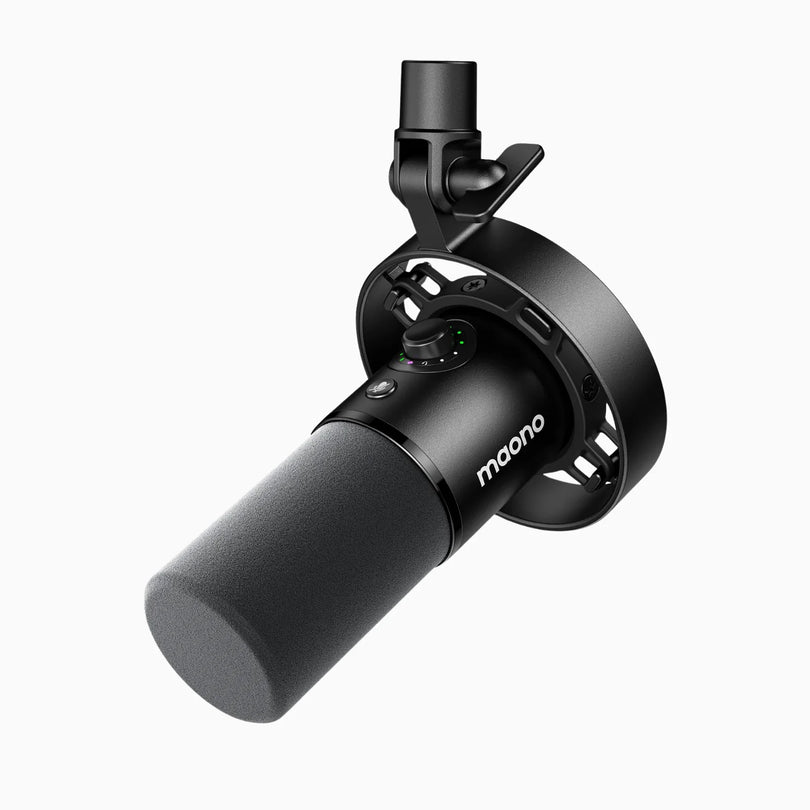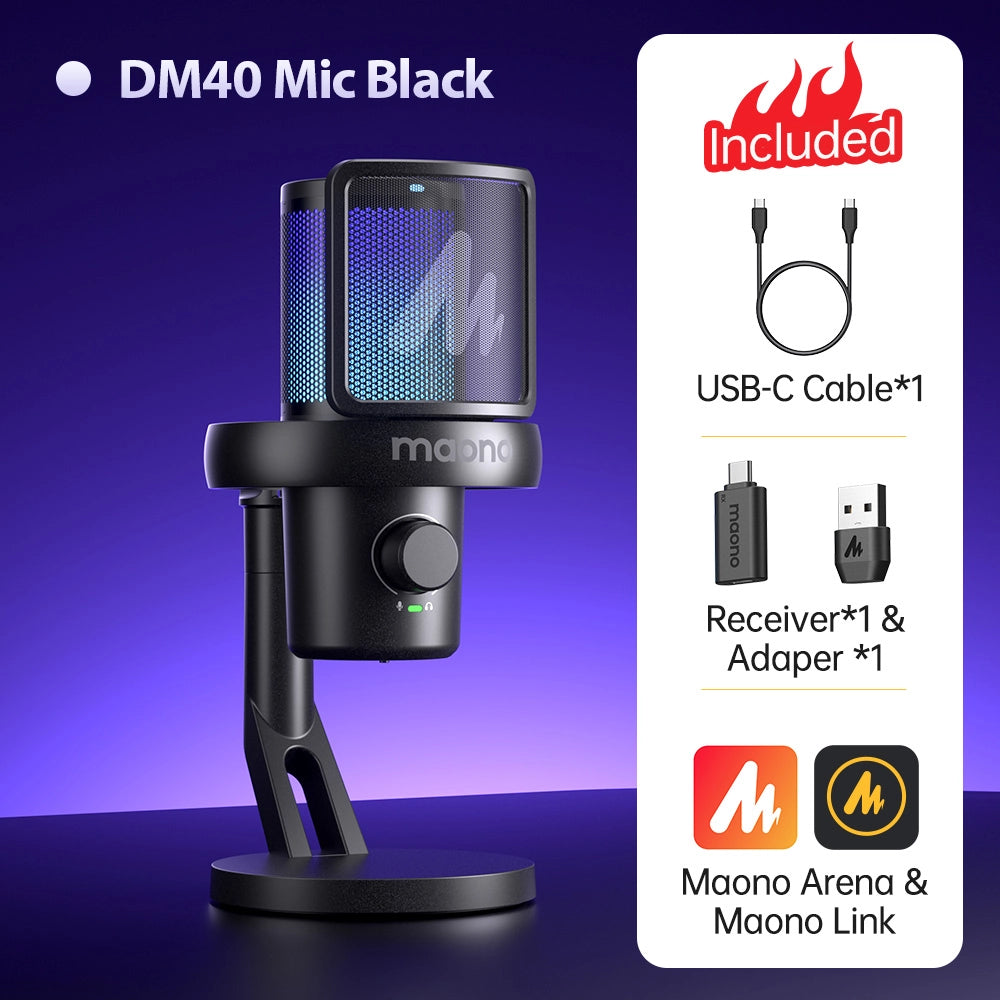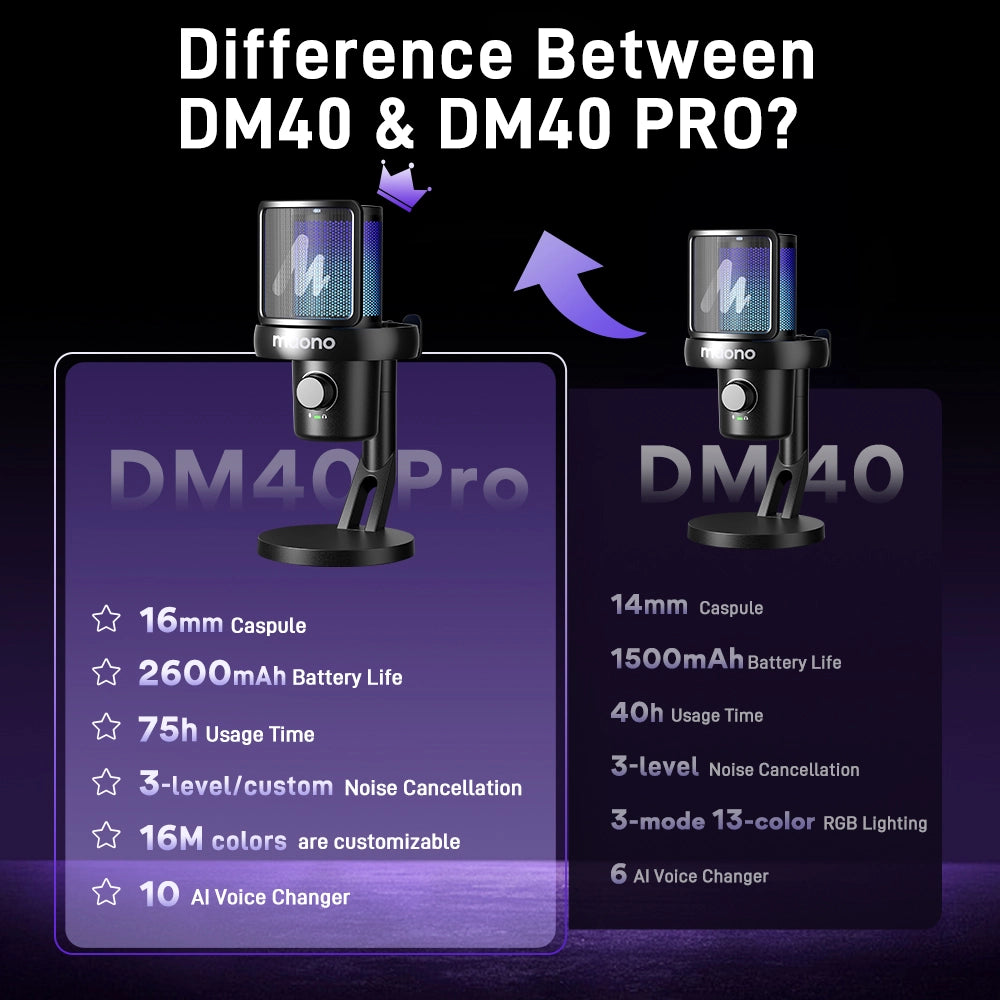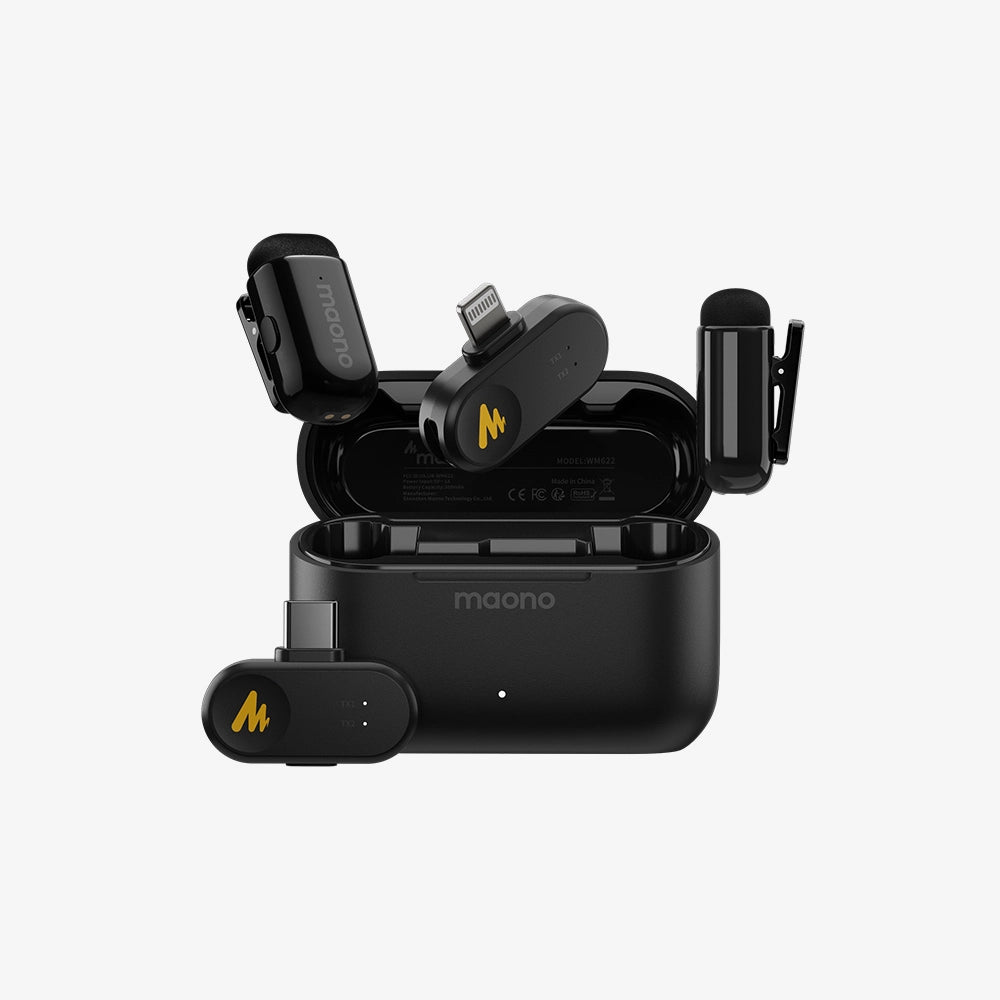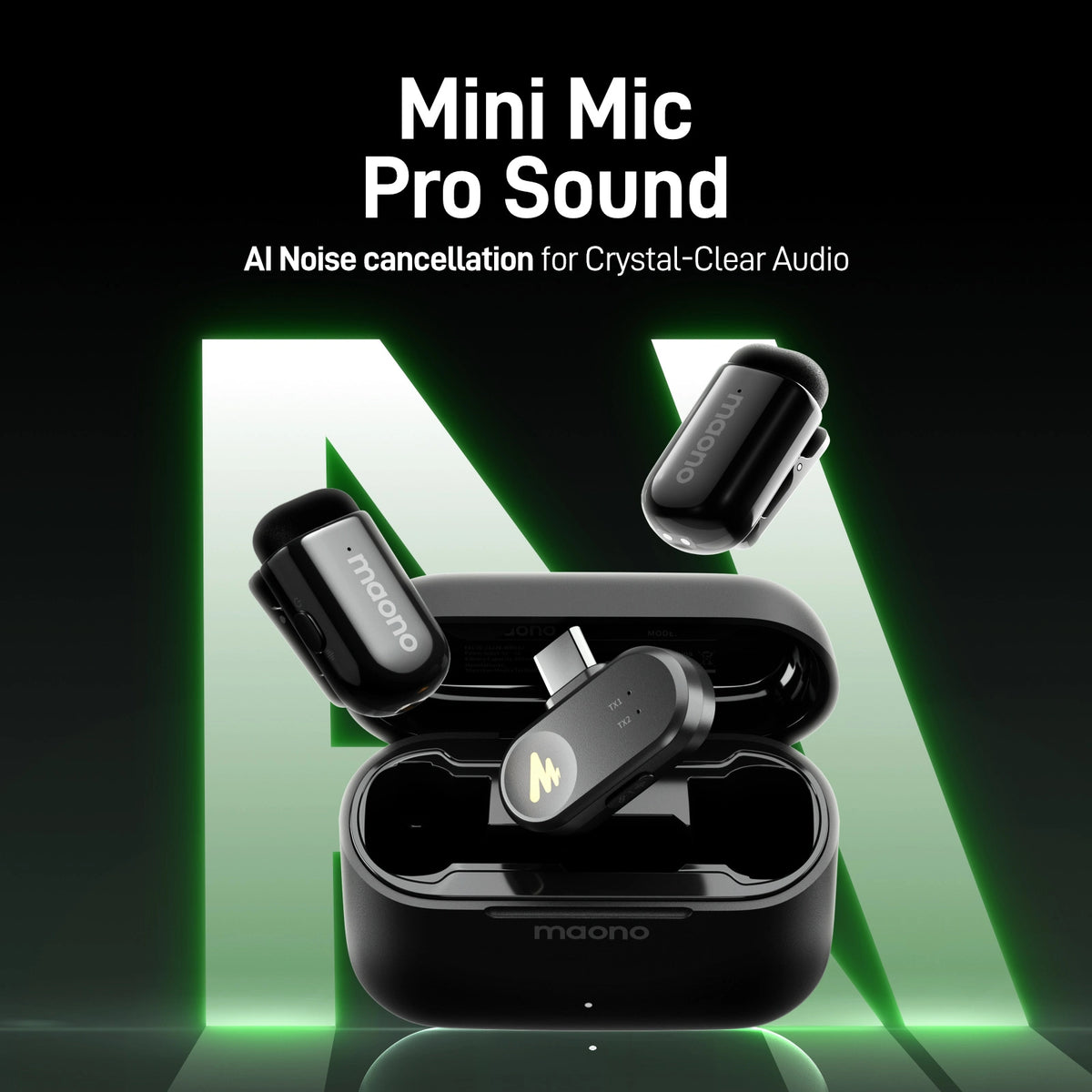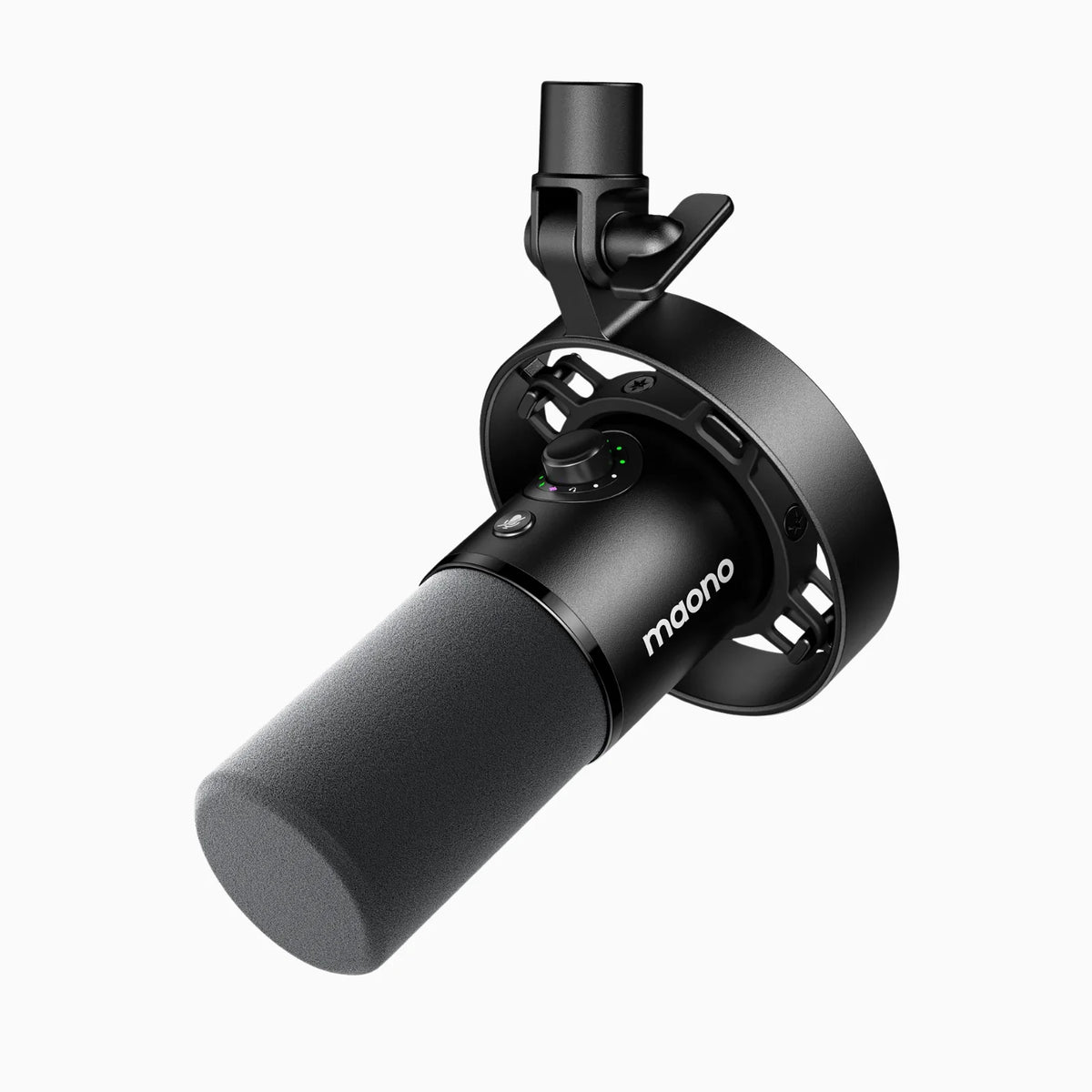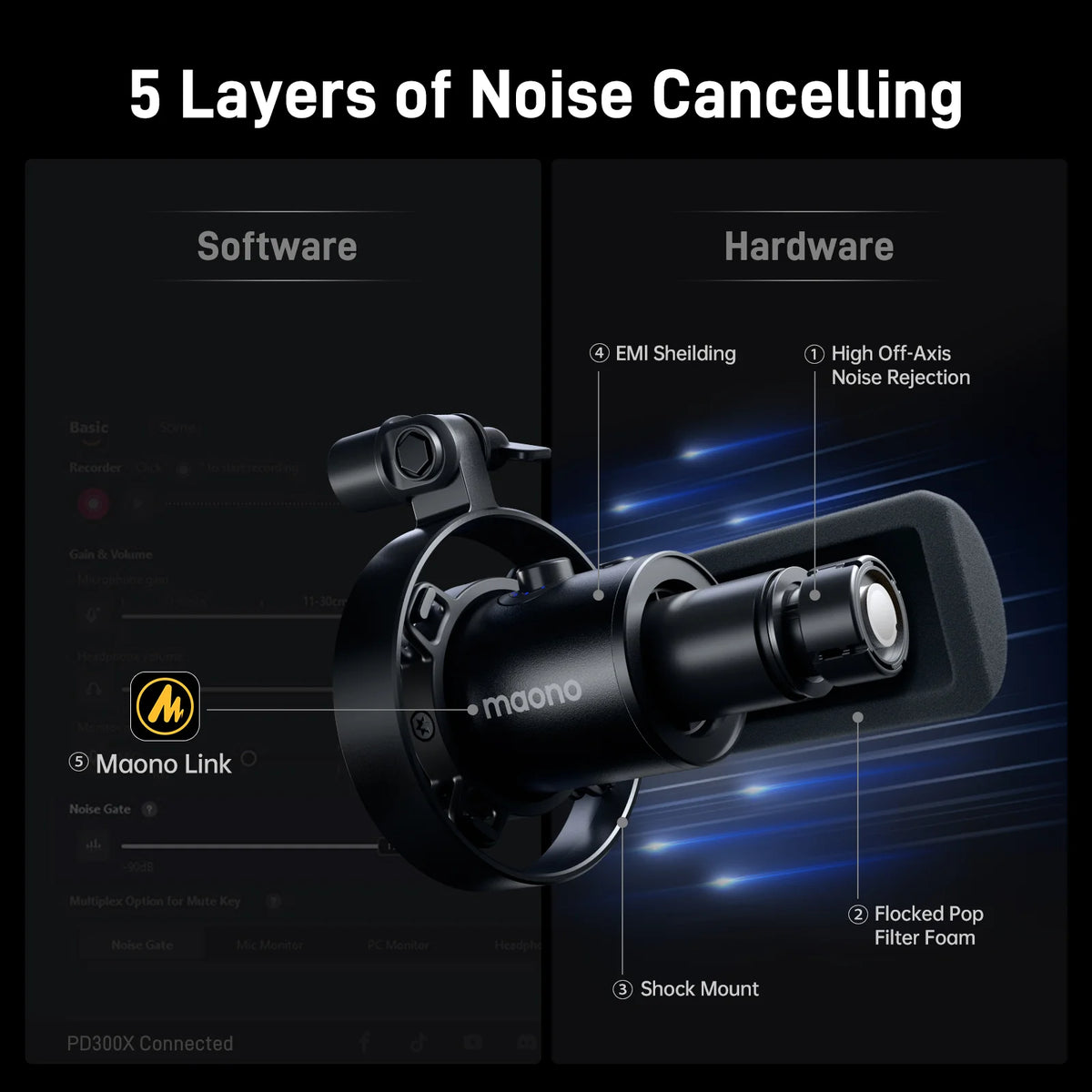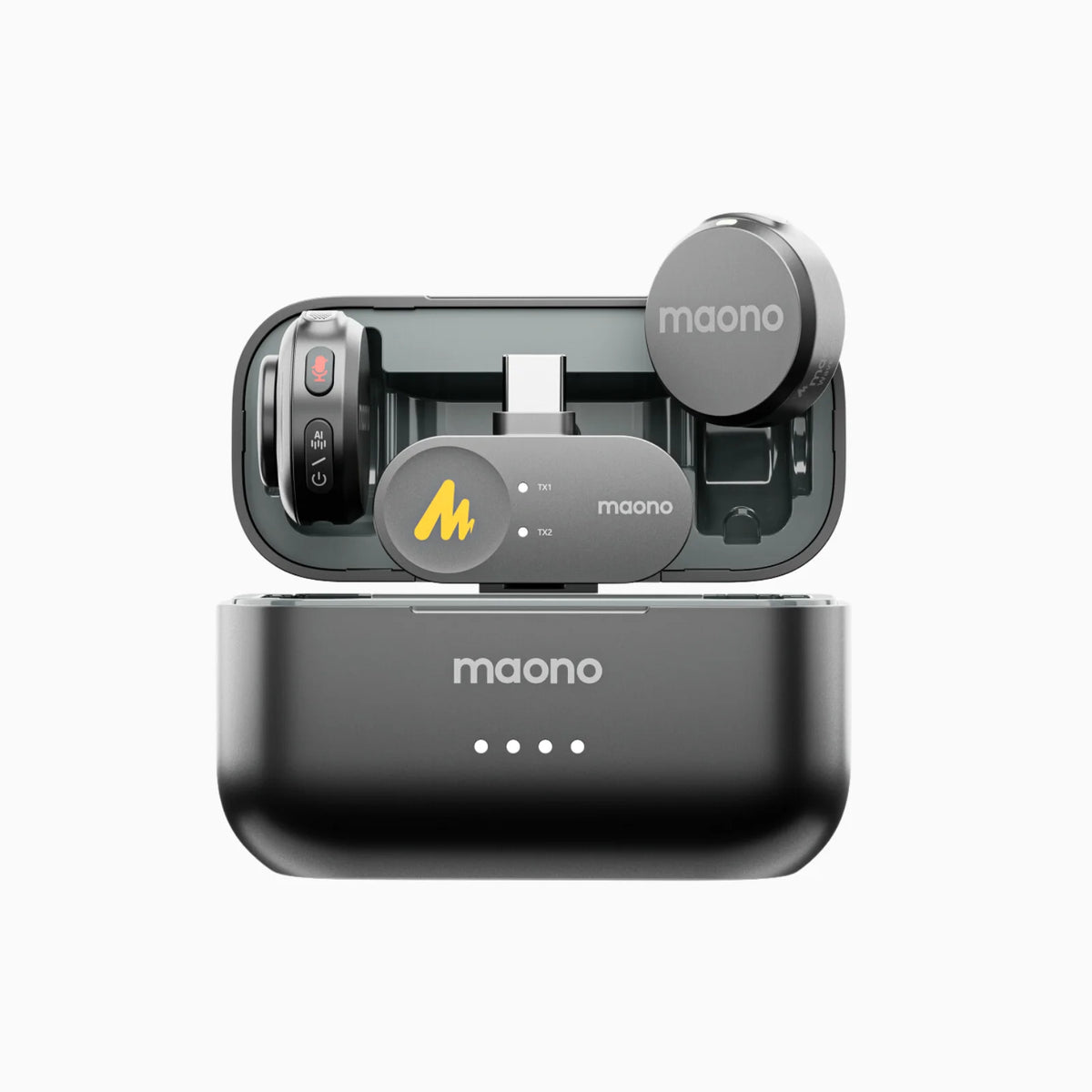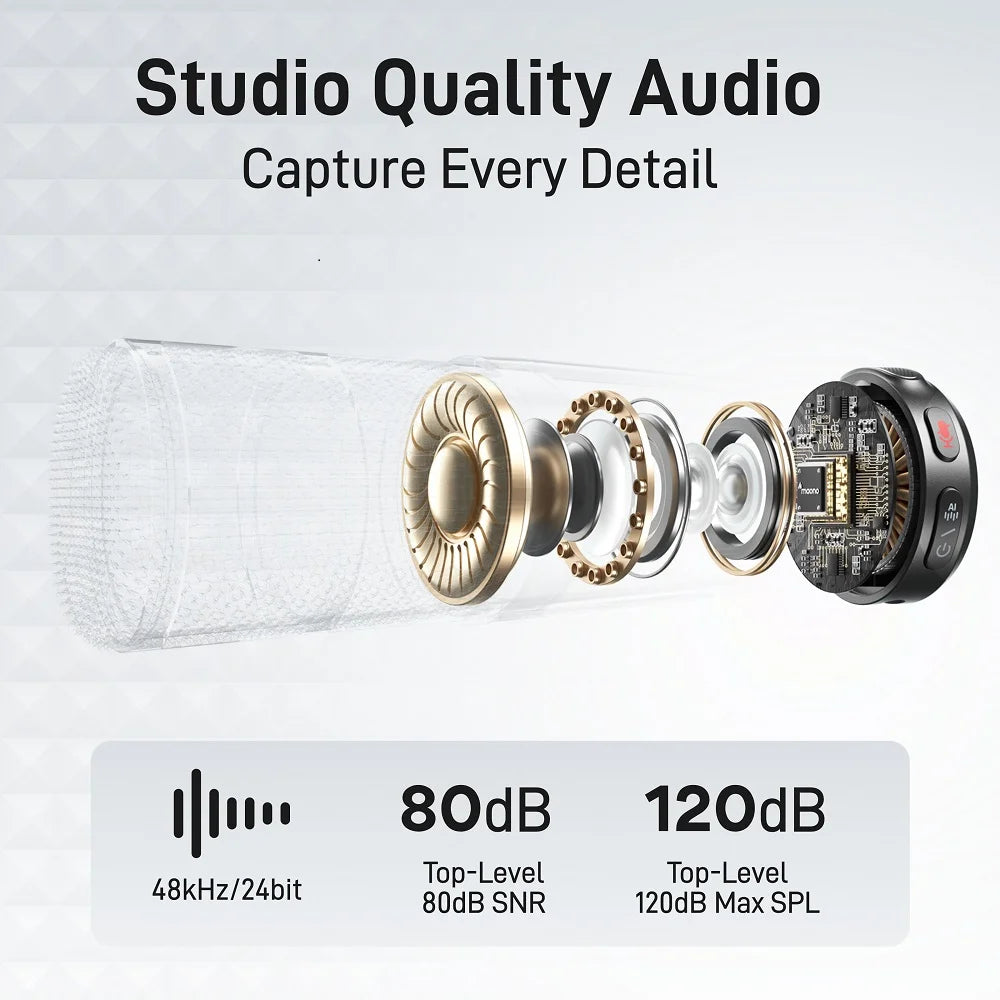Are unwanted vibrations and noise ruining your audio recordings? A shock mount might be the simple yet powerful solution you need to capture crystal-clear sound whether you're podcasting, streaming, or recording music, the right shock mount can make all the difference by isolating your microphone from bumps, shakes, and subtle movements that distort your audio. Microphone shock mounts are essential tools for enhancing recording quality, reducing unwanted noise, and protecting sensitive mics from vibrations. Whether you’re setting up a professional recording studio or recording at home, a shock mount can elevate your audio experience. In this article, we will explore the different types of shock mounts, their uses, and top recommendations, helping you select the best option for your microphone.
What Are the Different Types of Shock Mounts for Mics? What Is a Spider Shock Mount?
Microphone shock mounts come in various designs, but they all serve the same primary purpose: isolating the microphone from physical vibrations. There are several common types of shock mounts:
- Spider shock mount: The spider shock mount is one of the most popular designs, especially for condenser microphones. It uses an elastic suspension system, resembling a spider web, that cradles the microphone. This elastic system absorbs mechanical vibrations and prevents them from being transferred to the mic.
- Universal shock mount: These mounts are designed to work with a wide range of microphones. They are often adjustable, allowing them to accommodate different mic sizes.
- Clip-on shock mount: As the name suggests, this type of shock mount clips directly onto the microphone. It's usually more compact but offers limited vibration protection compared to other types.
- Custom shock mount: These are specific to certain microphone models, offering tailored support and isolation.
What Does a Mic Shock Mount Do?
A shock mount’s primary function is to minimize vibrations that travel from external sources, such as desk movements, footsteps, or mechanical noise, from reaching the microphone. This ensures that the microphone captures clean, high-quality sound without the interference of low-frequency noise or rumbling. Shock mounts are especially valuable for condenser mics, which are highly sensitive to subtle physical movements.
Do Condenser Mics Need a Shock Mount?
Yes, condenser microphones generally need a shock mount due to their sensitivity to vibrations. Condenser mics are designed to pick up the slightest sound details, making them prone to picking up physical noise from their surroundings. Even small vibrations, like tapping on a desk or adjusting the mic stand, can be captured by the microphone and disrupt the audio. A shock mount helps isolate the mic from these vibrations, ensuring that only the intended audio is recorded.
How to Put a Shock Mount on a Mic Stand?
Attaching a shock mount to a microphone stand is a straightforward process:
- Choose the right shock mount: Ensure that the shock mount is compatible with your microphone.
- Thread the shock mount onto the stand: Most shock mounts come with a standard thread size that fits onto most microphone stands. Simply screw the shock mount onto the stand.
- Insert the microphone: Place the microphone into the shock mount. If using a spider shock mount, tighten any clamps or screws to hold the microphone securely.
- Adjust the position: Ensure that the mic is centered in the shock mount and properly aligned with your recording setup.
Do All Studio Microphones Come with a Shock Mount?
No, not all studio microphones come with a shock mount. While some premium condenser microphones include shock mounts as part of the package, many microphones, particularly dynamic mics or budget options, do not. In cases where the microphone doesn’t come with a shock mount, it's advisable to purchase one separately to ensure optimal sound quality during recording.
What Microphone Shock Mount Would You Recommend for an AT2020?
The Audio-Technica AT2020 is a popular condenser microphone that benefits significantly from a shock mount. Here are a few options:
- Audio-Technica AT8458: This is the official shock mount for the AT2020. It’s designed to fit the microphone perfectly and provides excellent vibration isolation.
- Rycote InVision USM: A universal shock mount that works with the AT2020, the Rycote InVision provides superior vibration protection thanks to its patented Lyre suspension system.
- Maono PM500 Shock Mount: A versatile and budget-friendly shock mount option, the Maono PM500 is compatible with a wide range of condenser microphones, including the AT2020.
Top 5 Mic Shock Mount Recommendations
Choosing the right shock mount is crucial for enhancing audio quality and protecting your microphone. Below are five top recommendations, including options from Maono:
1. Rode PSM1 Shock Mount
- Best for: Rode Podcaster and other cylindrical condenser microphones.
- Key features: High-quality elastic suspension, durable metal frame.
- Pros: Effective in reducing vibrations; sturdy build.
- Cons: Limited compatibility with non-Rode mics.
- Price: Around $39
2. Maono Shock Mount for PD200X Microphone

- Best for: Reducing unwanted vibrations and handling noise during recordings, making it ideal for voiceovers, podcasts, and music production.
- Key features: Designed specifically for the PD200X microphone.
- Elastic suspension system that absorbs shocks and minimizes noise, durable construction with high-quality materials, easy installation with a standard thread for mounting on various stands
3. Audio-Technica AT8458 Shock Mount
- Best for: Audio-Technica AT2020 and similar models.
- Key features: Tailored fit for AT2020, lightweight yet durable design.
- Pros: Perfectly suited for AT2020; excellent vibration isolation.
- Cons: Limited compatibility with other mics.
- Price: Around $49
4. Rycote InVision USM
- Best for: Large-diaphragm condenser mics, including AT2020 and Neumann U87.
- Key features: Lyre technology for maximum isolation.
- Pros: Extremely versatile and effective for professional-grade recordings.
- Cons: Pricier than basic shock mounts.
- Price: Around $80
5. Blue Radius III
- Best for: Blue Yeti, Snowball, and other large mics.
- Key features: Custom design for Blue microphones.
- Pros: Visually appealing; great for Yeti users.
- Cons: Bulky; only compatible with specific mics.
- Price: Around $50
6. Maono Microphone Shock Mount for Podcast

The Maono Microphone Shock Mount for Podcast is designed to isolate condenser microphones from vibrations, improving sound quality for podcasting and recording.
- Best for: Universal use with condenser microphones, including the Maono PM500, best ideal use for podcasts
- Key features: Adjustable anti-vibration design, durable build, easy mic installation, compatibility with various mic sizes, affordable price
- Pros: Reduces noise, sturdy, lightweight, easy to set up
- Cons: Limited to specific microphone models
- Price: Around $21.99
FAQs
1. Is There a Significant Difference in Audio Quality When Using a Shock Mount?
Yes, using a shock mount can make a noticeable difference in audio quality, especially in environments prone to vibrations. It prevents low-frequency noise and unwanted rumbling from being picked up by the microphone, resulting in clearer, more professional recordings. This is particularly important for sensitive condenser mics used in studio settings.
2. Is It Okay to Reposition or Adjust the Shock Mount During Use?
It's generally fine to reposition or adjust the shock mount during use, but it's advisable to avoid handling it excessively while recording. Movement can generate vibrations or noise that might be picked up by the microphone. To minimize this, adjust the mount before recording and avoid touching it while capturing audio.
3. What Are the Most Important Features to Look for When Selecting a Mic Shock Mount?
When selecting a shock mount, consider the following key features:
- Compatibility: Ensure the mount fits your specific microphone model.
- Vibration isolation: Look for mounts with effective suspension systems, like elastic or Lyre technology.
- Durability: A sturdy metal frame is preferred for long-term use.
- Adjustability: Some mounts offer greater flexibility in positioning the microphone, which can be valuable for certain recording setups.
- Price: Budget options can still provide excellent isolation, but high-end models might offer superior vibration control.
4. What Is a Microphone Shock Mount Elastic?
The mic shock mount elastic refers to the suspension system that isolates the microphone from vibrations. In most spider shock mounts, elastic bands or rubber cords stretch around the frame and cradle the microphone. These microphone shock mount elastic components absorb and dissipate mechanical energy, preventing vibrations from traveling through the mic stand to the microphone.
Conclusion
A good shock mount is a valuable investment for anyone serious about achieving high-quality recordings. Whether you're a podcaster, musician, or content creator, reducing unwanted vibrations is essential for clean audio. From spider shock mounts to universal options, there’s a range of products available to suit different microphones and recording needs. Consider the compatibility, vibration isolation, and build quality when selecting your shock mount, and choose from our top recommendations to improve your audio setup.




